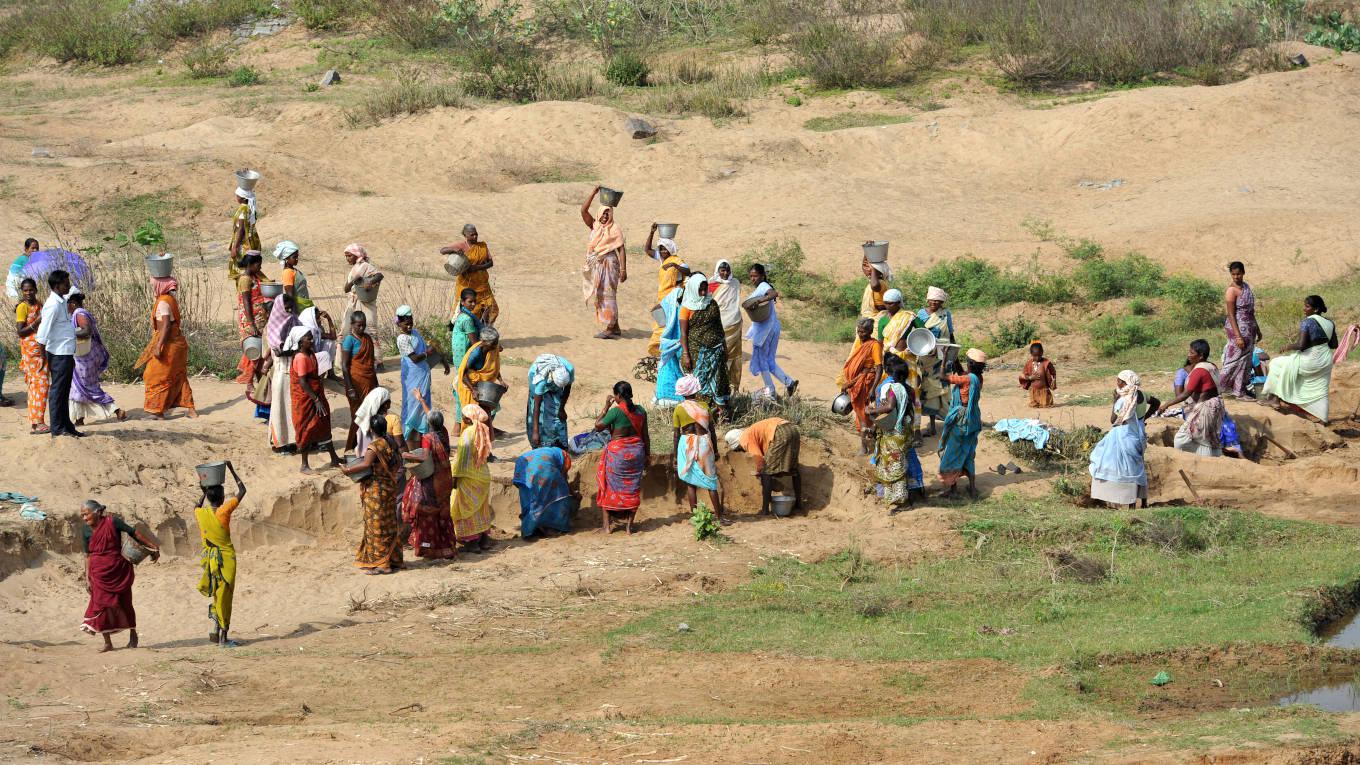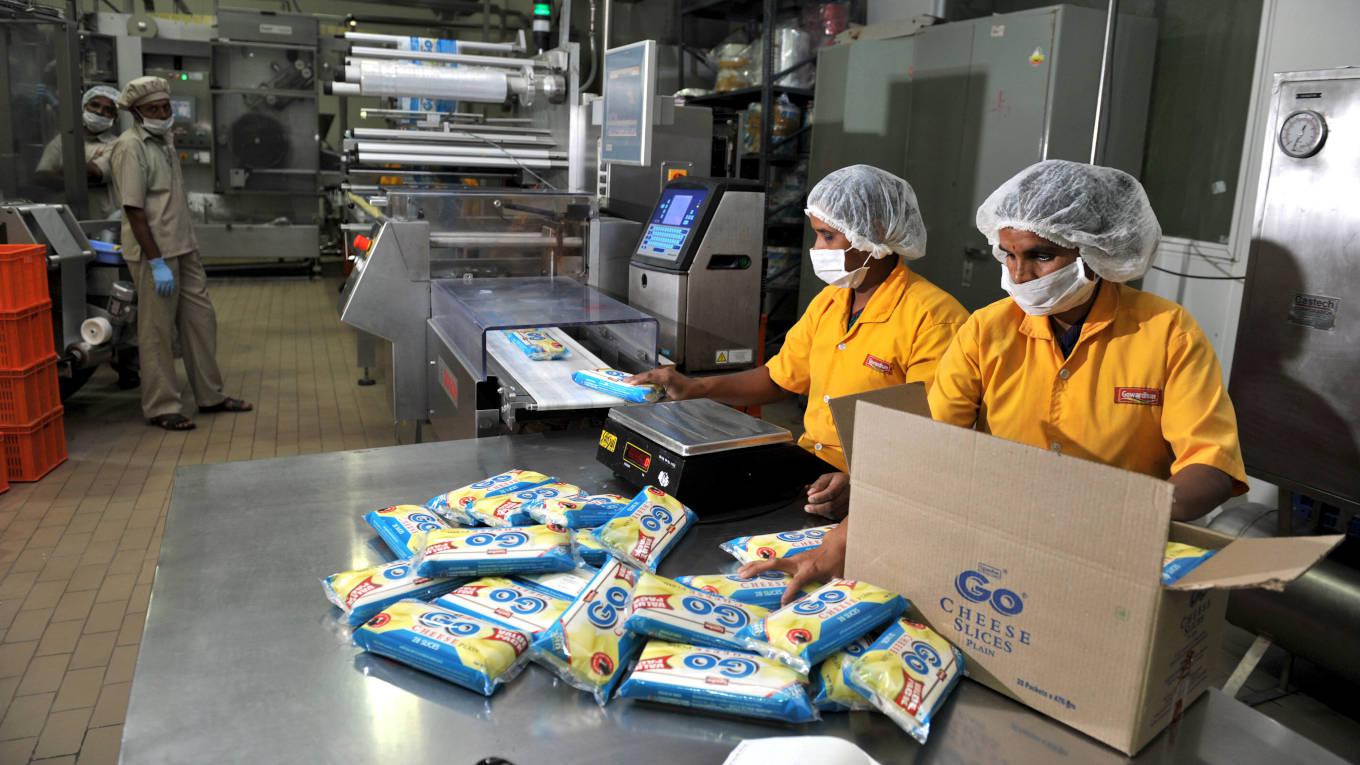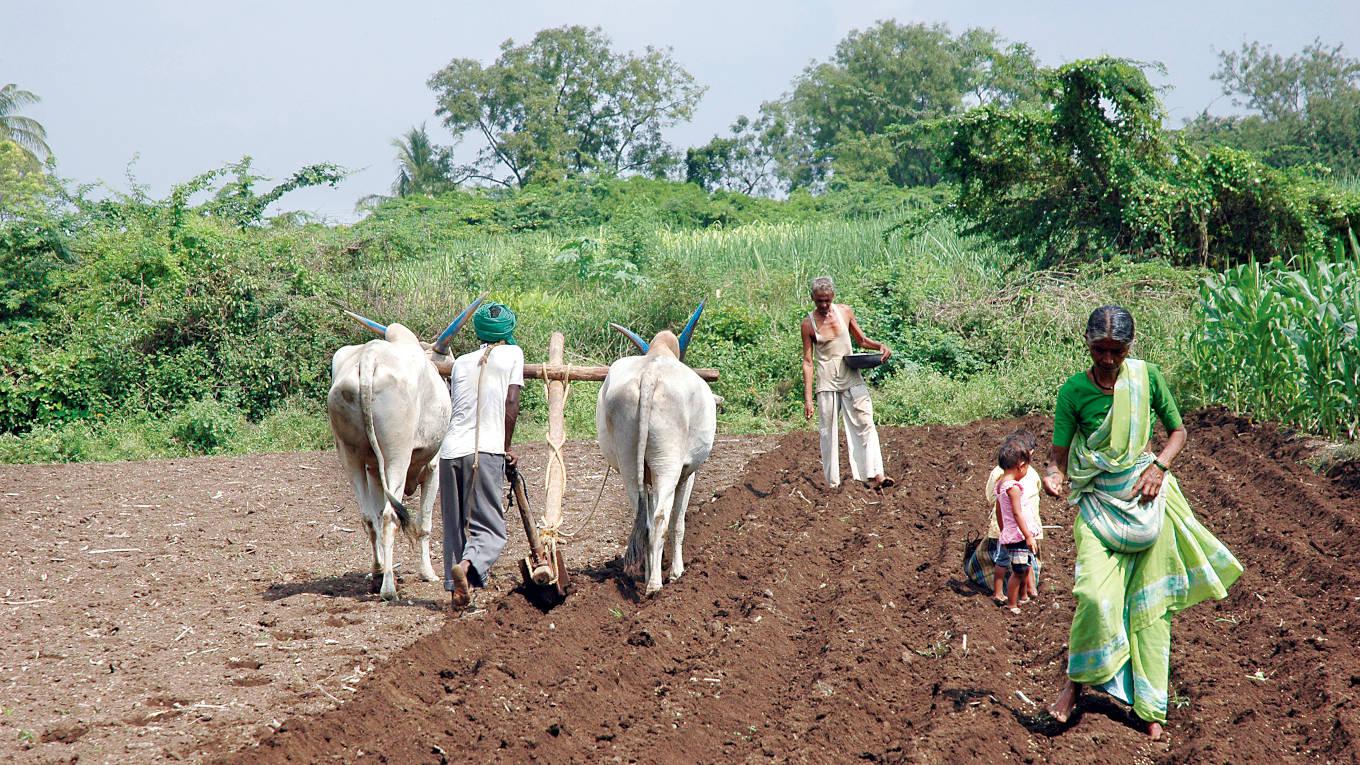-
The latest report by the Internet & Mobile Association of India and Nielsen showed rural India had 227 million active internet users, 10 per cent more than urban India’s approximately 205 million
Agriculture and allied sectors normally contribute 17 per cent to GDP. On the face of it, this may not seem enough to lead a revival in the economy, but with nearly 65 per cent of the country’s population being rural and 50 per cent dependent on it for livelihood, a successful harvest and the resultant rise in rural demand provide the only possibility of an economic turnaround. One needs to remember in this context that for the better part of the three-month lockdown, when there was no source of consumption other than food and medicines, agriculture was the main source of demand in the country. As the sector provides food security, jobs for half the country and livelihood sustainability for the entire nation, its sustained growth is necessary to generate some measure of employment, arrest the deterioration in demand at a time when exports are sinking and ensure food security in the country.
The grounds for a rural revival were clearly on the cards. This was being reflected in various indicators, the popular ones being auto and FMCG sales. Now Rural India is breaking into newer areas. India now has more internet users in rural areas than in urban cities. The latest report by the Internet & Mobile Association of India (IAMAI) and Nielsen showed rural India had 227 million active internet users, 10 per cent more than urban India’s approximately 205 million, as of November 2019. The numbers were boosted by cheap internet connections.
Signs of revival
Signs of a rural revival have been evident for many successive quarters now and may have been one reason why the Modi government did not shy away from the gamble of an early lockdown while resolving the lives-versus-livelihood debate that confronted governments the world over as the pandemic reared its head. The government’s assessment was that the farm sector would by and large escape the scourge of Covid-19, thus providing a buffer of sorts to the economy. For instance, while the GDP growth rate for Q4 last year has sunk to 3.1 per cent, agriculture and related activity posted a robust 6 per cent. The trend was carried on to Q1 of this year as famers began harvesting their rabi crop with gusto, even as city dwellers scurried indoors.
Other rabi crops, such as paddy, maize and cereals, also headed for bumper yields owing to increased acreage and favourable climatic conditions. With a 19.2 per cent increase in acreage this year, jowar, grown primarily in Maharashtra, Karnataka and Andhra Pradesh, saw a 35 per cent jump in production over last year. Gram, which has the highest acreage for a rabi crop and is grown primarily in UP, MP, Rajasthan, Maharashtra, Andhra Pradesh and Karnataka, registered a marginal decline in production, from 14.8 million tonnes in 2018-19 to 14.5 million tonnes this year. But the MSP for the crop was increased by Rs255 per quintal, from Rs4,620 in 2018-19 to Rs4,875 this season, and the revenue which flowed into the farmers’ coffers possibly offset the marginally low yield.
Both the Centre and the states have moved in unison to protect the rabi harvest and the kharif sowing from the challenges posed by the coronavirus disease. First, as part of the relief package announced by finance minister Nirmala Sitharaman on 26 March, a sum of Rs15,841 crore was released toward payment of the first instalment of the Rs6,000 annual benefit under the PM-Kisan Samman Nidhi Yojana. This benefitted 120 million farmers. Then, wages under MGNREGA were increased from Rs182 to Rs202 per day. On 6 April, the union cabinet discussed ways and means to help farmers grappling with labour shortage. On 20 April, the home ministry allowed the intra-district movement of migrant labour to address the scarcity of labour during harvest and procurement. Restrictions on mechanised operations, too, were eased, albeit with guidelines on social distancing and sanitisation of agricultural infrastructure.
-

Wages have risen under the MGNREGA Scheme. Photo credit: Sanjay Borade
1991 moment
Side by side, the government sought to capitalise on the silver lining by amending the Essential Commodities Act (ECA), a decision now being billed as the ‘1991 moment’ for the liberalisation of Indian agriculture. The marketing reform, announced by Sitharaman as part of the third tranche of the stimulus package, aims to deregulate cereals, edible oil, oilseeds, pulses, onion and potato. It will allow processors, millers, exporters and traders to hold as much stock of these commodities as they want to. There is a rider that a stock limit can be clamped under exceptional circumstances such as national calamities. Traders not buying and stocking surplus even during a bumper harvest was often seen as one of the reasons for the vagaries of farm incomes.
Enacted in 1955 when the economy was dealing with food shortage and famine, the ECA gives the Centre and state governments the power to regulate the production, supply, distribution and prices of commodities. NITI Aayog had termed it a hindrance to farm exports and the Economic Survey called it an anachronistic legislation. Experts had routinely debunked it as it disincentivised investment in warehouses and storage facilities. The changes now hold promise for a big push in private investment in farm infrastructure and purchase of food processing stocks. A legal framework to allow farmers to fix their own fair price, the government believes, would result in an increase in their incomes.
Out with barriers
To remove barriers to inter-state trade, a Central law is proposed to not bind farmers to sell their crop only to licensed traders in their district Agricultural Produce Market Committee mandis. In short, farmers can sell to anyone and anywhere, and traders can freely buy, stock and move any quantity of agri-produce within the country. To compete, private mandis would demand subsidised credit and land. Any proposal that helps growers needs to be welcomed. However, there has been a long history of government intervention when prices surge – of onion, for instance. Its removal from the ECA is a bold move. Will consumers feel the pinch in the long run? Maybe yes, but perhaps they will not mind as long as the increase is pocketed by the farmers and not a new middleman.
-
Farmers have planted rice in about 3.48 million hectares compared to 2.52 million hectares during the corresponding period last year, an increase of nearly 37 per cent, according to official data as on 21 May
“The Modi government should be complimented for biting both bullets (the ECA and APMC) and converting the corona crisis into an opportunity,” says Ashok Gulati, former chairman of the Commission for Agricultural Costs and Prices. A third reform announcement, complementary to the first two, was the creation of a ‘facilitative legal framework’ for contract farming. This will, again, enable farmers to bypass APMC mandis and, instead, engage directly with processors, produce aggregators, large retailers and exports ‘in a fair and transparent manner’. That would, essentially, mean farmers and buyers entering into contracts, wherein the former is assured of a certain price at the time of sowing and the latter procures the harvested produce at the pre-decided rate subject to its meeting agreed quality norms. Both parties are thus insulated from excessive market risk – in the event of prices falling (for farmers) or rising (for processors).
All eyes on kharif
With the rabi crop turning up a good performance, there are indicators too, ranging from sowing to input sales, which show the agriculture economy would fare equally well in the summer-sown kharif operations. For instance, farmers have planted rice in about 3.48 million hectares compared to 2.52 million hectares during the corresponding period last year, an increase of nearly 37 per cent, according to official data as on 21 May.
The area under pulses – a major summer crop with up to 70 per cent share in farm incomes in some state – stands at nearly 1.28 million hectares against 0.96 million hectares during the same period last year, which is higher by one-third. Coarse cereals or millets occupied 1.028 million hectares compared to 0.73 million hectares during the corresponding period last year, or 42 per cent higher. The area under oilseeds has reached about 0.92 million hectares compared to 0.73 million hectares during this time last year.
“The main reason for robust sowing is that rainfall activity has been fairly decent, indicating a good monsoon in the coming months,” said Abhishek Agrawal, a commodity analyst with Comtrade Ltd.
Last fortnight, RBI’s Shaktikanta Das was reflecting the views of the government as well as the central bank when he said that developments in the country’s farm sector would have a “salutary effect” on the rural economy. “Amidst this encircling gloom, agriculture and allied activities have provided a beacon of hope on the back of an increase of 3.7 per cent in foodgrain production to a new record (as per the third advance estimates of the Ministry of Agriculture released on May 15, 2020),” he noted. Top officials and economists concur with this view. For instance, fertiliser sales, an indicator of demand of farm inputs from farmers, have been higher by 5 per cent during the first four months of 2020. (Farm inputs refer to all raw materials a farmer needs for cultivation.)
-

With hotels and restaurants shut, milk prices have fallen. Picture credit: Sanjay Borade
To be sure, the lockdown to slow the spread of the coronavirus disease imposed on March 25 did hamper farm produce sales and many producers of perishables have said they faced losses. Also, during its the initial days, labour shortage and shut markets led some farmers to dump the new harvest, especially perishables items. Of the 2,069 nationally important agricultural wholesale markets in the country, less than 500 were functioning during the first weeks of the lockdown. Within agriculture, restrictions especially hurt the animal husbandry sector, which accounts for 5 per cent of the country’s GDP. Rumours that chicken were a carrier of the novel coronavirus tanked poultry sales. With restaurants and hotels shut, there was at least 25 per cent drop in demand for various farm commodities like onion and tomato. Many eastern states, such as Bihar and Jharkhand, didn’t allow ice cream sales. This caused a surplus of milk, prompting dairies to offer lower prices to dairy farmers.
The latest optimism comes in the wake of the bumper rabi crop and amid a 44 per cent rise (so far) in summer sowing compared to last year. Several of the above-mentioned restrictions have also been removed. There has been widespread procurement of winter produce by the government at statutory minimum prices. All this can only mean good news for the rural economy which is poised to take the center-stage in the coming months.
Experts say that while the government’s policies have been helpful, the final picture will become clear only when the kharif sales season closes. Indra Shekhar Singh, director, sales and outreach, National Seeds Association of India, which represents the seeds industry, says that seeds sales could fall by 20-30 per cent if farmers run out of credit. “While big firms are hurt, many small and medium ones that are working on credit may have to shut shop.” That’s where government support and policy reforms will have to be used for establishing more compact and efficient supply chains and attracting the business sector in agriculture. States will also need to carry out reforms at the local level to allow farmers to sell their produce outside registered mandis by setting up Farmer Producer Organisations (FPOs) to deliver horticultural produce directly from farm to fork.
Finally, there is the issue of how the monsoon will perform. Siraj Hussain, former union agriculture secretary and visiting senior fellow, ICRIER, notes that if the forecast of a near normal monsoon in 2020-21 proves to be correct, the kharif crop may save the day for GDP growth in India in a year for which rating agencies are predicting negative growth. These then are the variables that need to swing in India’s favour. Then only will the rural boon be the catalyst of our economic revival.




































